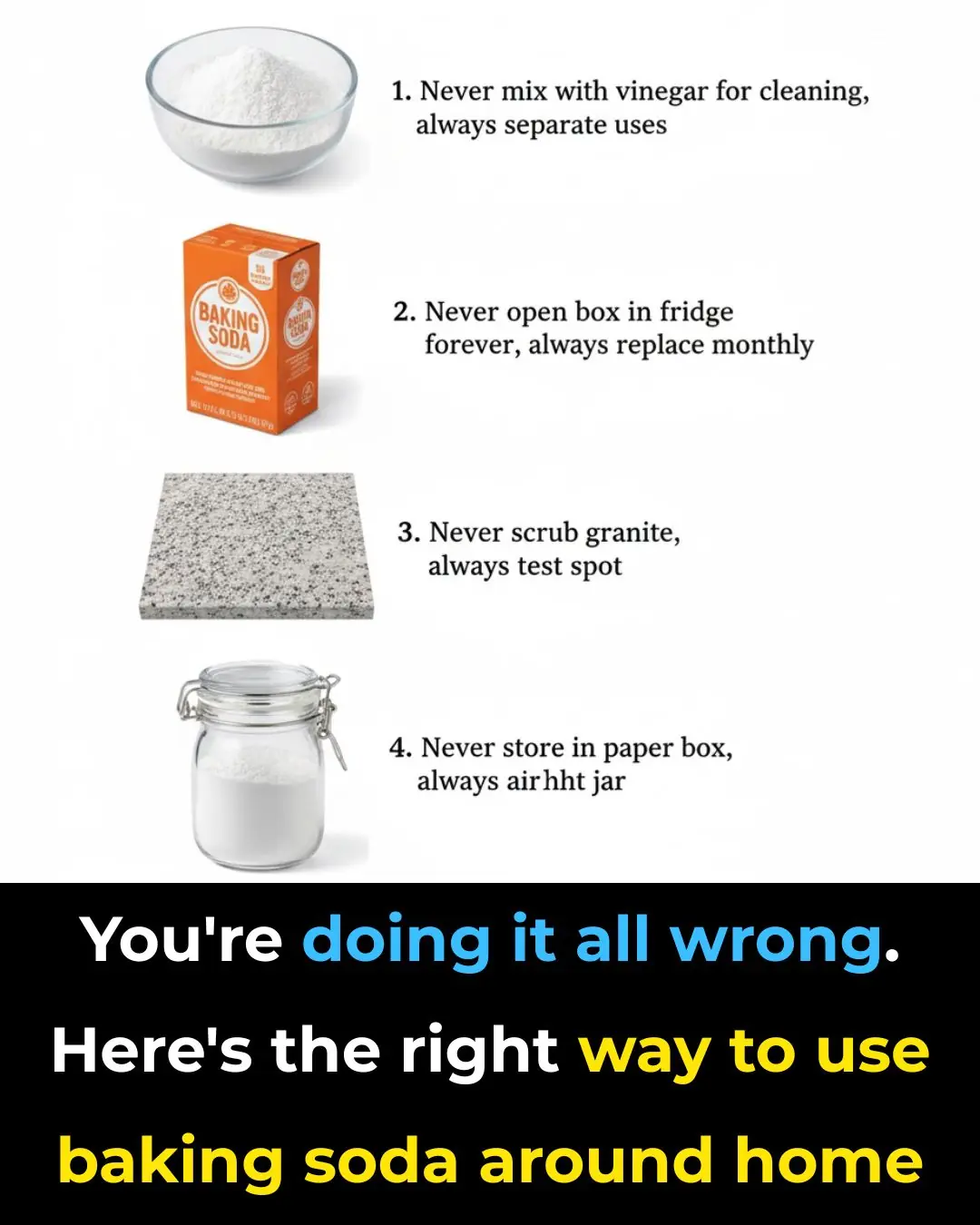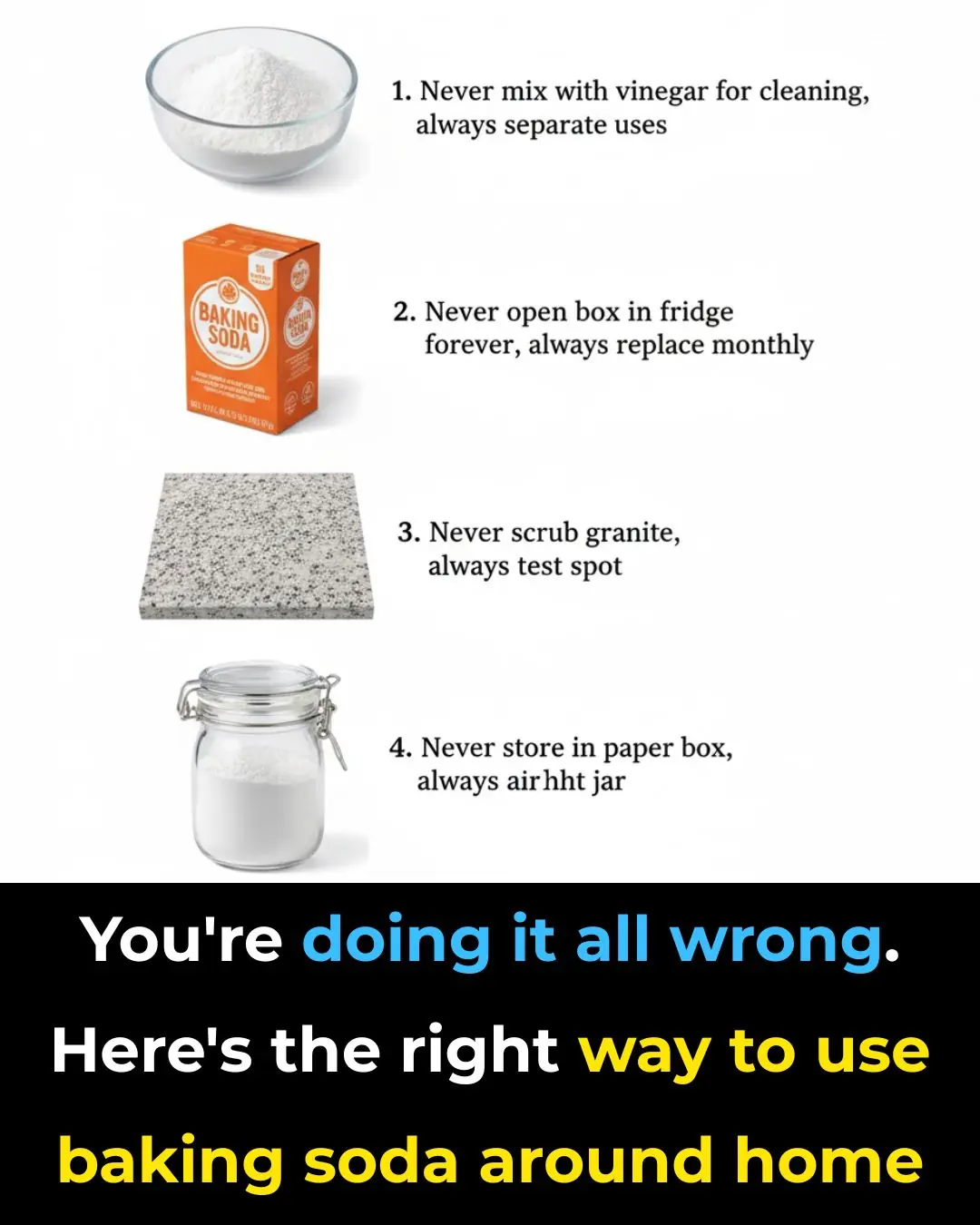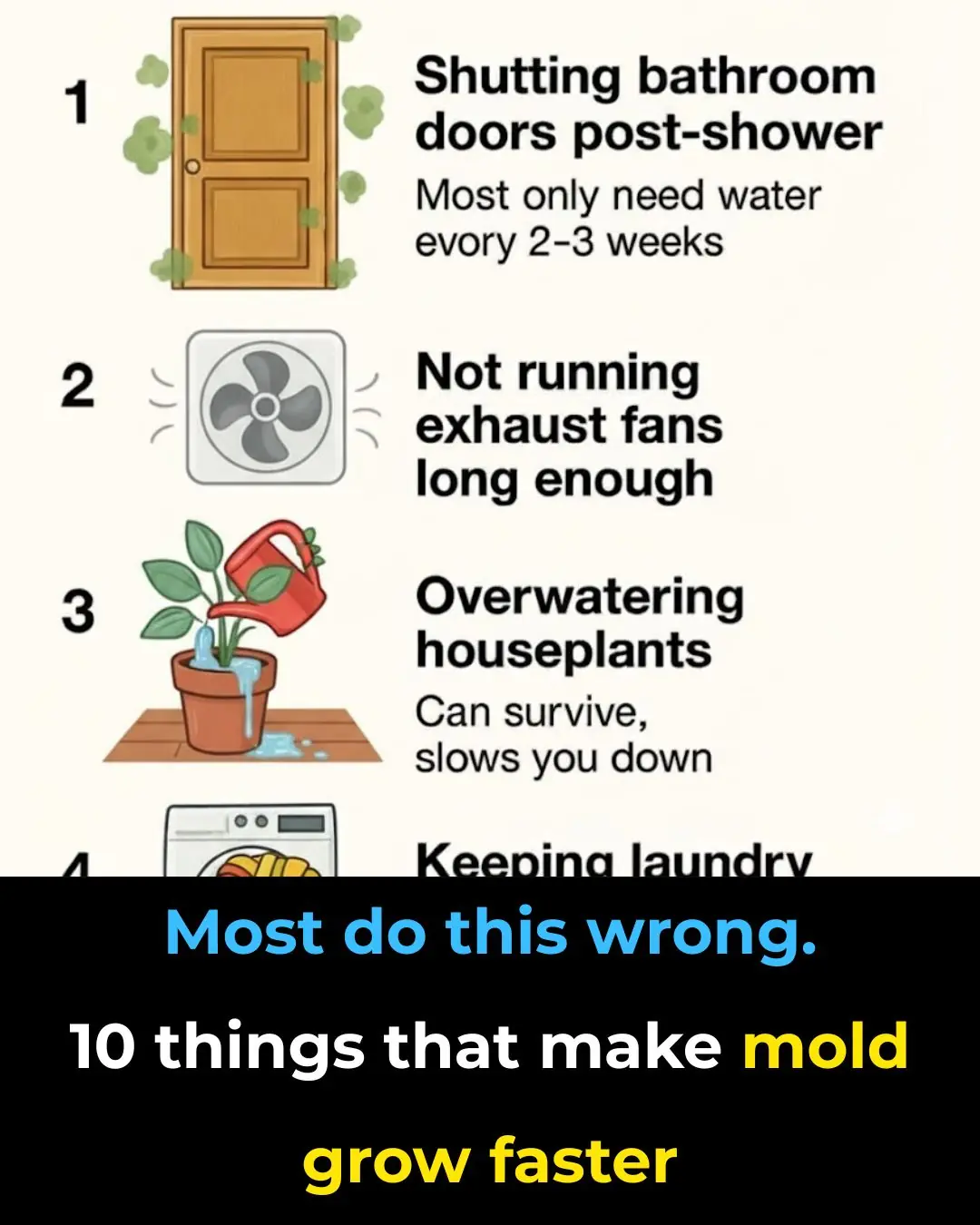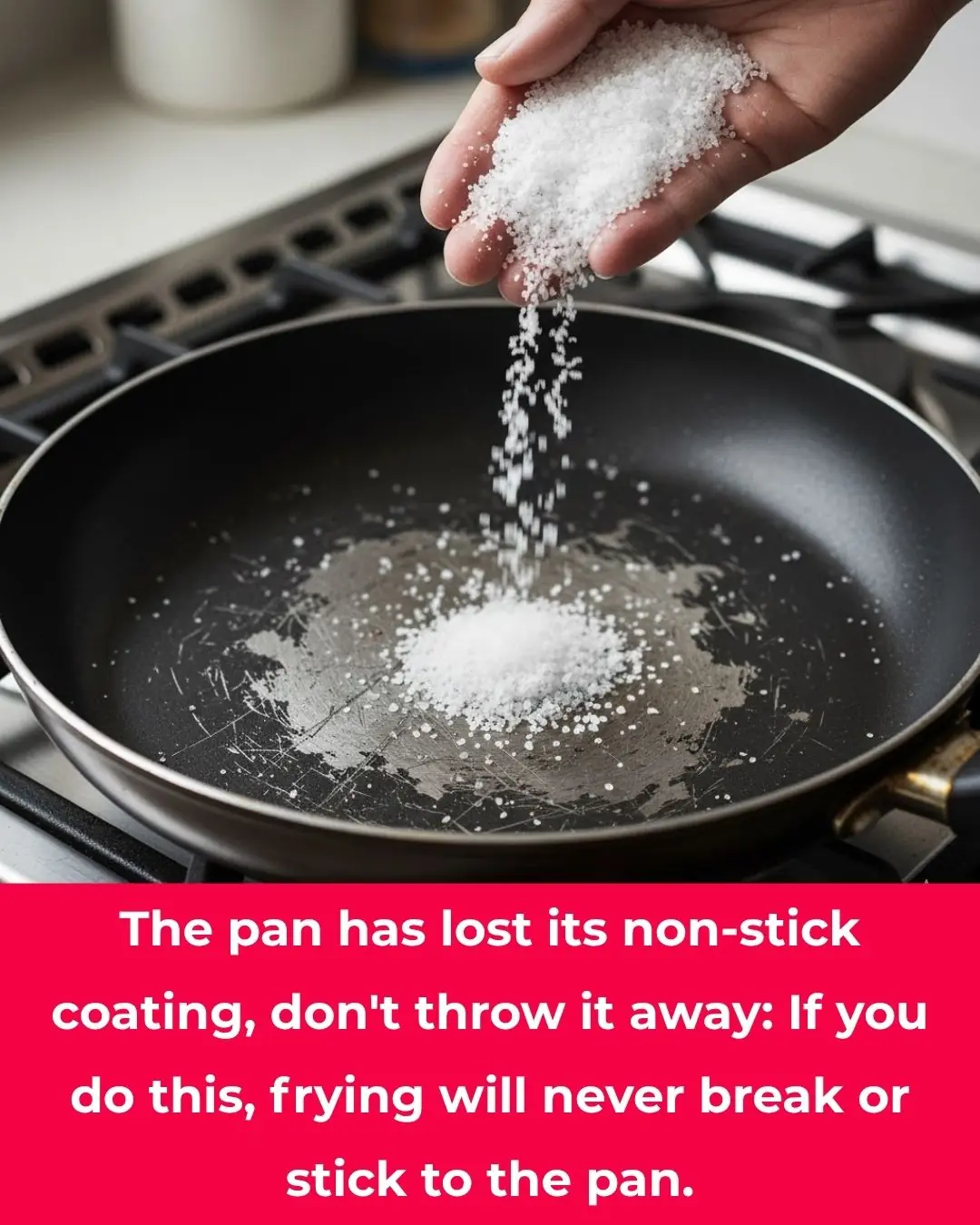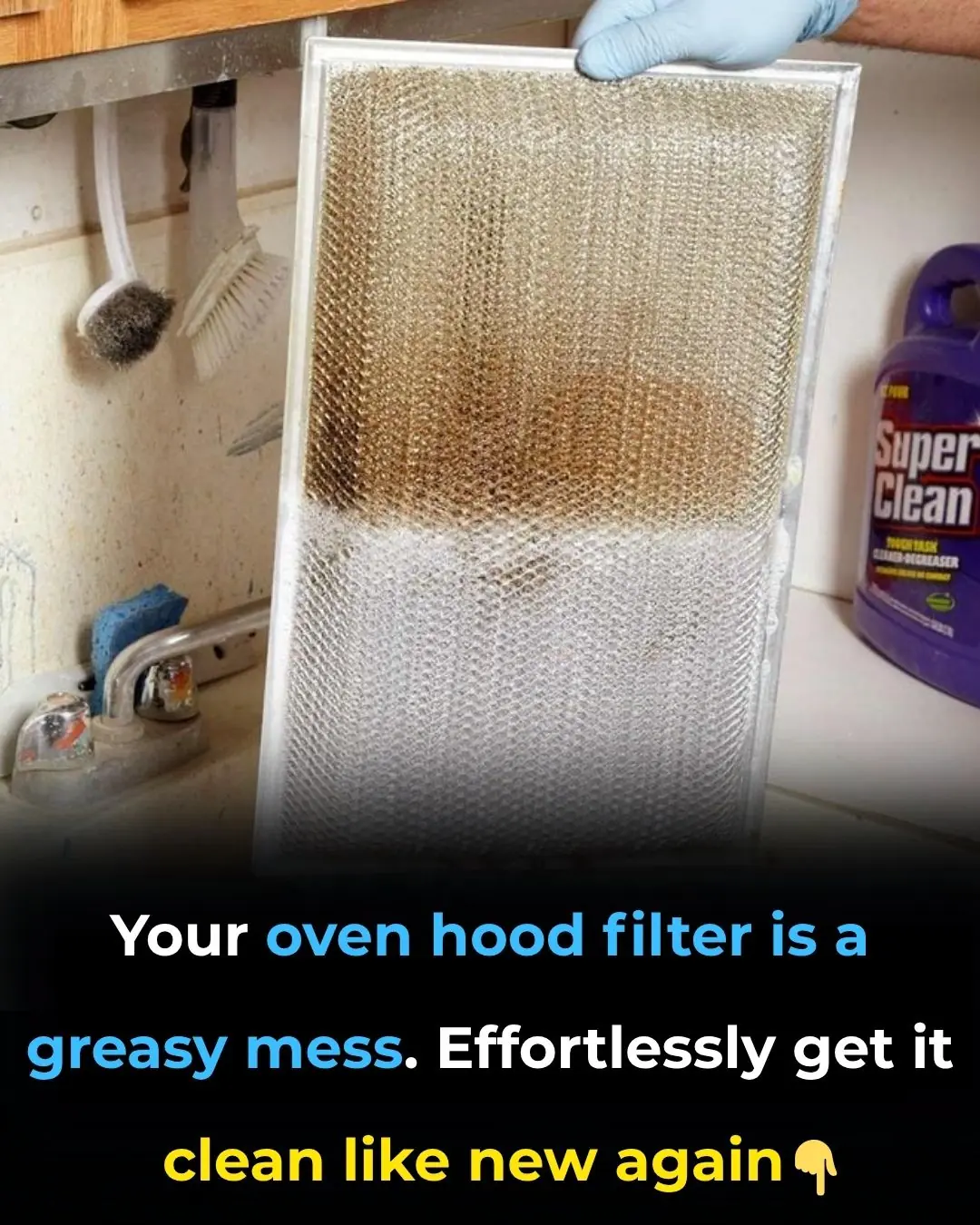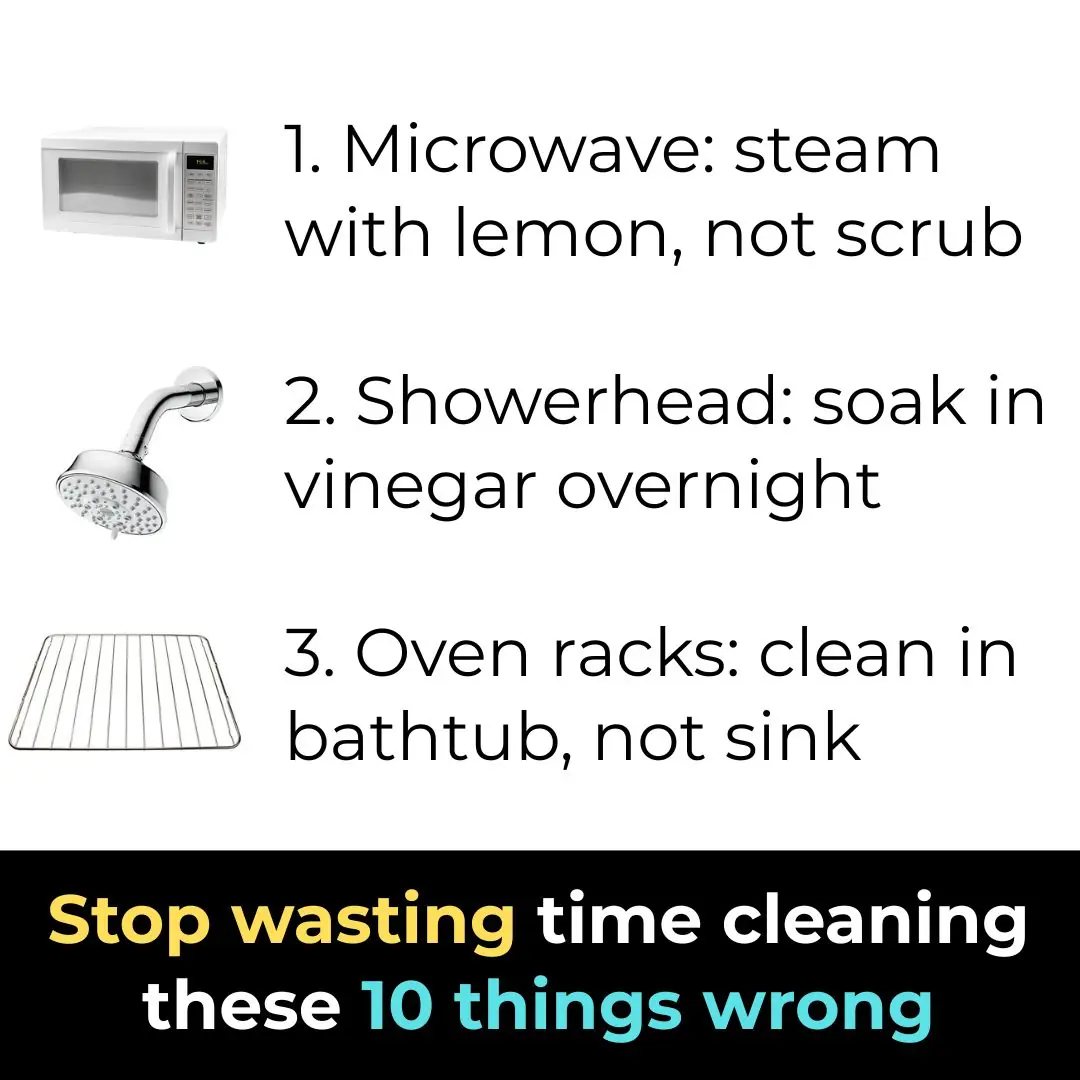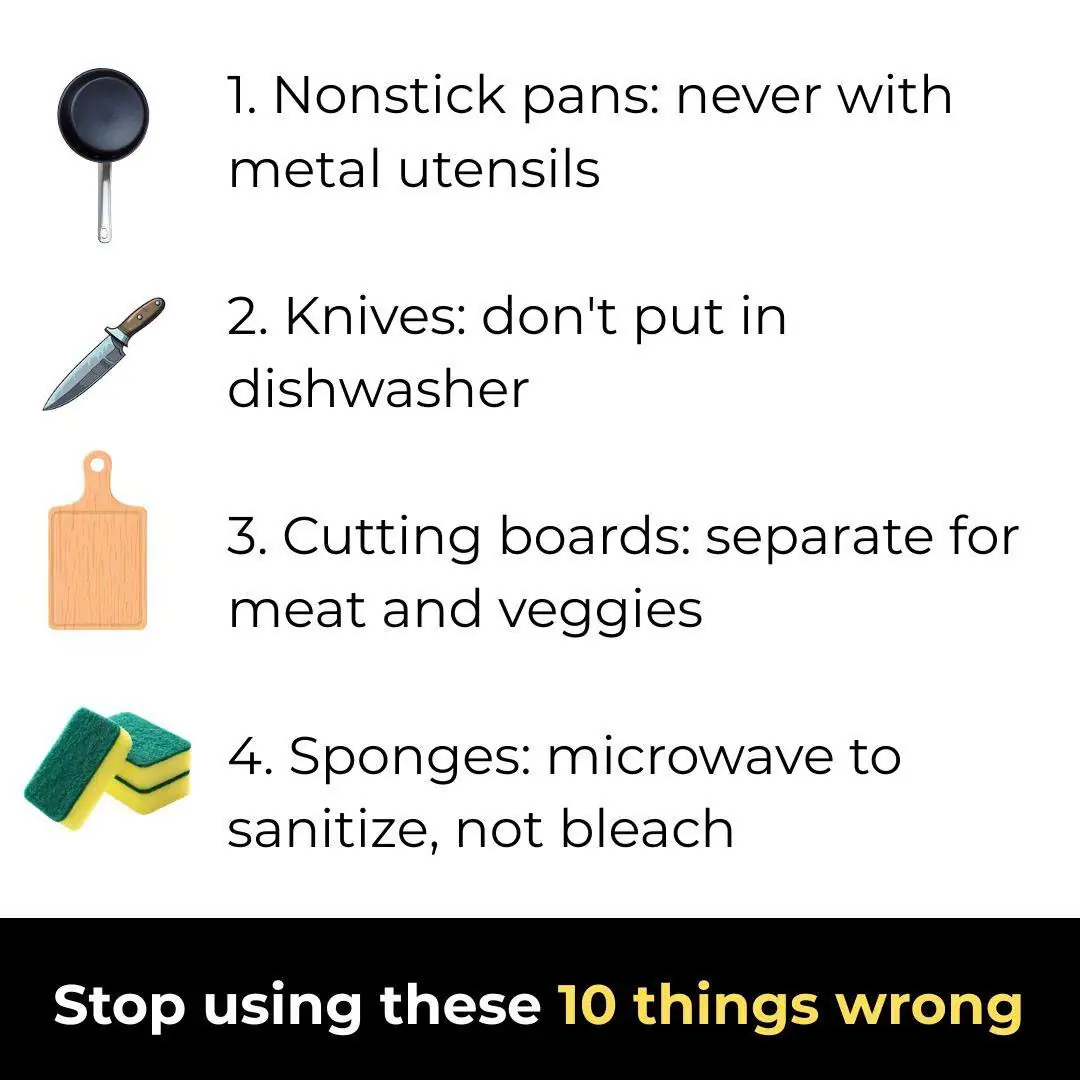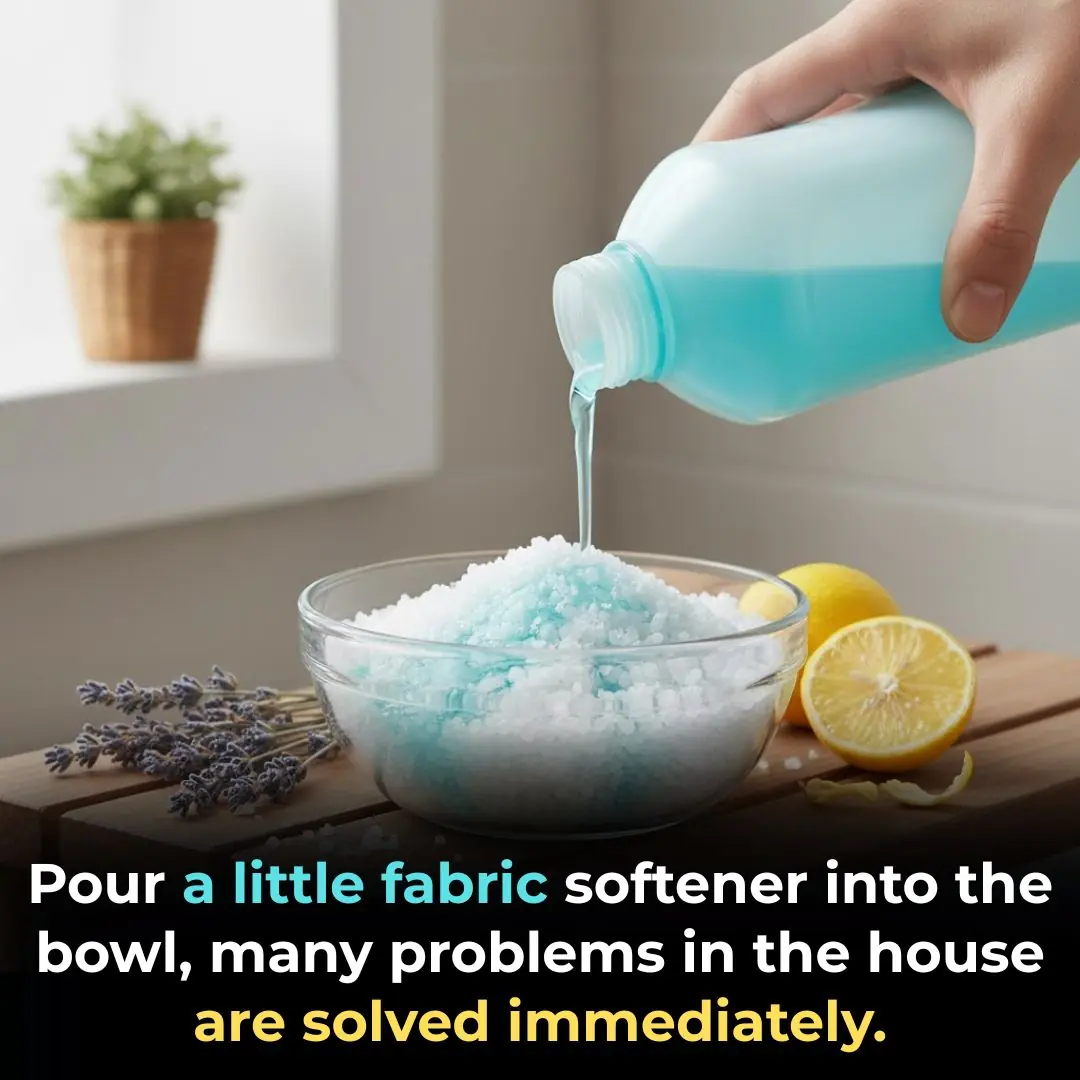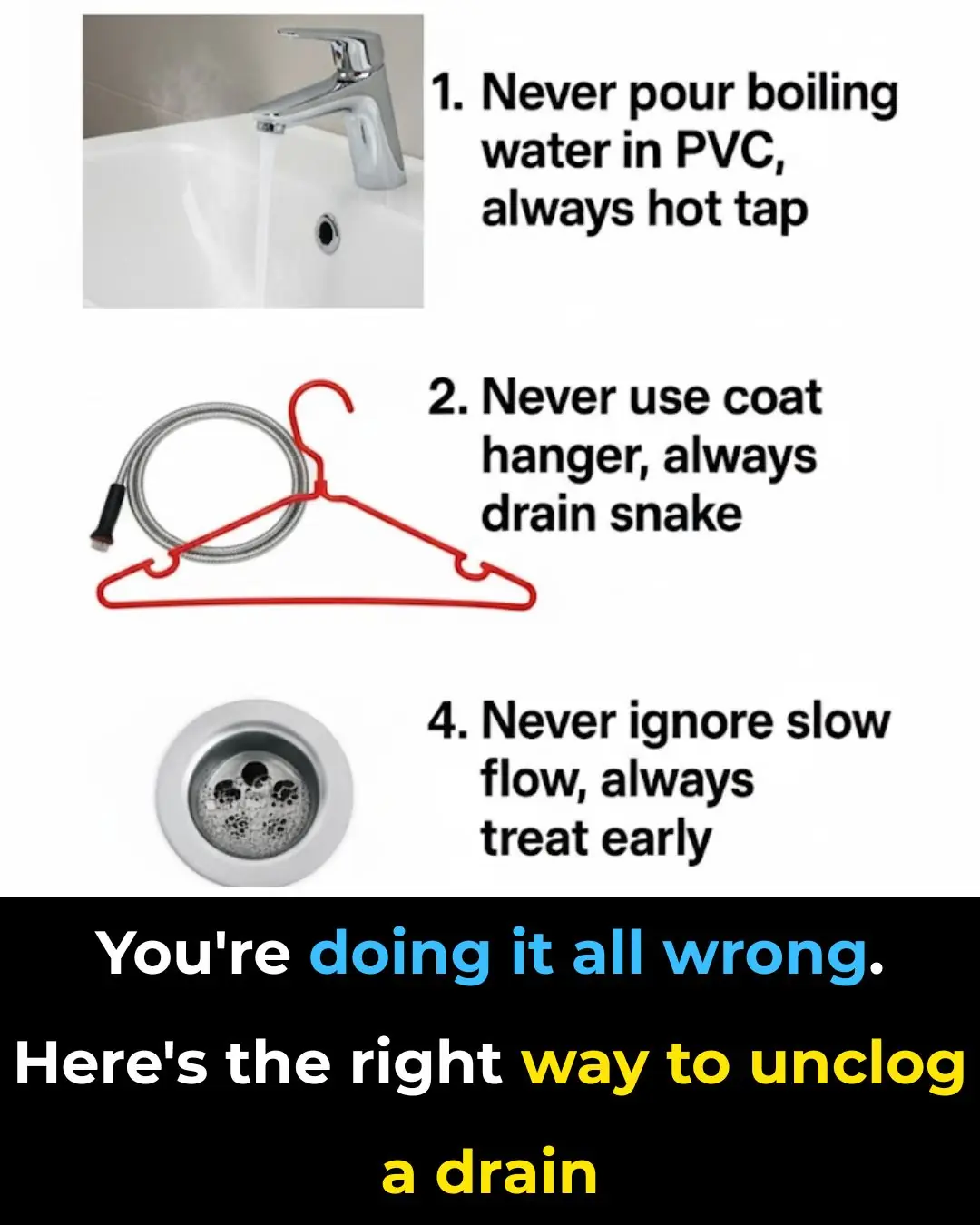
In every household, clogged drains are a common nuisance that can turn into a persistent problem if not addressed correctly. Many people resort to quick fixes that may provide temporary relief but can ultimately lead to more significant issues. Understanding how to effectively unclog a drain not only saves time and money but also prevents potential damage to your plumbing system.
It's essential to approach drain clogs with the right knowledge and tools. This article will guide you through common mistakes people make and provide step-by-step instructions on the best practices for unclogging drains. By the end of this guide, you'll be equipped to tackle drain clogs with confidence and efficiency.
1. Understanding the Common Causes of Clogged Drains
Clogged drains are primarily caused by the accumulation of foreign materials and debris. In kitchens, fats, oils, and grease (FOG) are notorious for creating stubborn blockages. When these substances cool, they solidify and stick to the walls of the pipes, gradually building up over time.
In bathrooms, hair, soap scum, and toothpaste are typical culprits. Hair strands easily bind with soap residues, creating a dense mass that obstructs water flow. Additionally, flushing inappropriate items down the toilet, such as wet wipes and sanitary products, can lead to serious clogs in the sewage system.
2. Avoid Pouring Boiling Water into PVC Pipes
While boiling water can be effective in dissolving grease and clearing clogs in metal pipes, it's not suitable for PVC pipes. The high temperature of boiling water, typically around 212°F (100°C), can soften and warp PVC pipes, leading to leaks and significant damage.
Instead, opt for warm water when dealing with PVC pipes. A mixture of warm water and mild dish soap can help break down greasy buildups without risking damage to your plumbing.
3. The Power of Baking Soda and Vinegar Over Chemical Cleaners
Chemical drain cleaners are often marketed as quick and effective solutions for clogged drains. However, they can be harsh on pipes, especially if used frequently. These chemicals can corrode metal pipes and degrade PVC over time.
A safer and environmentally friendly alternative is using baking soda and vinegar. Start by pouring one cup of baking soda down the drain, followed by one cup of vinegar. The chemical reaction between these two ingredients produces carbon dioxide bubbles that help dislodge grime and debris. Allow the mixture to sit for about 15 minutes before flushing with hot water.
4. Why a Drain Snake is Better Than a Coat Hanger
A drain snake, or plumber's auger, is specifically designed to navigate the twists and turns of your plumbing system, effectively reaching and removing deep clogs. A 25-foot hand-crank model is typically sufficient for most home plumbing needs.
Using a coat hanger, on the other hand, can be ineffective and potentially damaging. The hanger's rigid structure and limited length make it difficult to maneuver through pipes, and its sharp edges can scratch or puncture the inner pipe surfaces.
5. The Importance of Addressing Slow Drain Flow Early
Slow drains are often the first sign of a developing clog. Ignoring this issue can lead to complete blockages, which are more challenging and expensive to resolve. When you notice water draining slower than usual, it's crucial to take immediate action.
Regular maintenance, such as using a baking soda and vinegar flush or a drain snake, can help prevent minor clogs from becoming major obstructions. Early intervention can save you from costly repairs and prolonged inconvenience.
6. The Correct Way to Use a Plunger on a Clogged Drain
Using a plunger seems straightforward, but proper technique is essential for effectiveness. First, ensure there is enough water in the basin to cover the plunger's rubber cup. This water helps create a seal and allows for better suction.
Place the plunger over the drain, ensuring a tight seal. Push down and pull up vigorously for about 20-30 seconds. The suction and pressure should dislodge the clog, allowing water to flow freely. If the clog persists, try repeating the process or consider using a drain snake.
7. How to Properly Disassemble and Clean the P-trap
The P-trap, located under sinks, is a common site for clogs due to its curved shape, which can trap debris. To clean it, first place a bucket underneath to catch any water or debris. Use a wrench to loosen the slip nuts on both ends of the P-trap.
Once removed, clear out any visible debris and rinse the trap with warm water. Reassemble by tightening the slip nuts securely, ensuring there are no leaks. Regular cleaning of the P-trap can significantly reduce the risk of clogs.
8. Tips for Preventing Future Drain Clogs
Preventing clogs starts with mindful habits. Avoid pouring grease, oil, and coffee grounds down the sink. Instead, dispose of them in the trash or compost. Use drain covers to catch hair and other debris in showers and bathtubs.
Regular maintenance, such as monthly baking soda and vinegar treatments and annual professional inspections, can keep your drains clear and functioning optimally. Educating household members about proper disposal methods is also key to preventing future issues.
9. When to Call a Professional Plumber
If your efforts to unclog a drain are unsuccessful or if you experience recurring clogs, it may be time to call a professional plumber. Persistent issues could indicate more complex problems, such as tree root intrusion or sewer line damage.
A plumber has the tools and expertise to diagnose and fix severe blockages or structural issues. While hiring a professional may seem costly, it can prevent further damage and save you money in the long run.
10. Popular Viral Hacks That Actually Work
In recent years, viral hacks have gained popularity, but not all are effective or safe. However, some do provide practical solutions. For example, using a wet-dry vacuum to suck out clogs can be surprisingly effective for stubborn blockages.
Another effective hack is using a combination of salt and baking soda. Pour half a cup of each down the drain, followed by hot water. The abrasive properties of salt, combined with the reaction of baking soda, can help break down tough clogs.
11. Common Mistakes to Avoid When Unclogging Drains
One common mistake is using excessive force with a plunger, which can damage pipes or push the clog further down. It's important to use a steady, consistent motion instead.
Another mistake is relying too heavily on chemical drain cleaners. These can cause long-term damage to pipes and often provide only temporary relief. Opt for safer alternatives like baking soda and vinegar or mechanical methods like drain snakes. Lastly, avoid ignoring early signs of clogs, as prompt action can prevent more severe problems.
